Athlete Sleep Series: #1
The British Journal of Sports Medicine has come out with a new article to help practitioners find an entry level strategy to sleep management and education for their athletes. Over 4 posts I will cover the information around sleep inadequacy in athletes, sleep education strategies, and the screening and management of athletes with sleep disturbance.
It’s well known that sleep loss impairs numerous functions including, but not limited to, cognition, learning, cell-repair, immune response and resistance to respiratory infection, with the latter having a bigger role than ever. Finding ways to prevent respiratory illness is at an all time high and performing at your highest ability should always be a top priority.
Athlete’s are prone to poor sleep habits, such as not getting enough sleep, and have an increased risk of poor sleep quality. This may be due to a number of risk factors for sleep disturbance, including training schedule (early or late) and load, competition schedule, travel, as well as, stress, anxiety or other work/study commitments.
‘50-78% of elite athlete's experience sleep disturbance’
It is currently unknown if sleep disturbance leads to overtraining or if it’s the reverse. What is known, however, is that there is a well documented connection between the two. When an athlete increases training load to prepare for a season or competition without adequately increasing recovery time, it leads to a phenomenon called “overtraining”. This is a decrease in performance capacity with or without physiological and psychological signs and symptoms of maladaptation.
Increased training load also leads to a natural depression of parts of our immune system, which leads to a higher incidence of upper respiratory tract infections. This feeds into another system of sleep disturbances related to being sick and lack of sleep.
Although the precise mechanisms are unknown, it is fair to conclude that there is an intimate connection between overtraining, sleep disturbance, and immune function. Maximizing sleep will aid in the prevention of overtraining and limit the chance of getting sick, which are both important in continually performing at a high level.
Programming of an athlete’s training or rehab schedule should be carefully planned to not limit sleep, if possible. Early morning training reduces sleep duration and increases pretraining fatigue (especially if the athlete is not a morning chronotype). Evening training/competition leads to later sleep onset, less time in bed, and less sleep obtained.
The competition schedule is likely to feature evening start-times. Therefore, modifying the training schedule to allow for more sleep the following morning, or no evening training periods in between, will be important for managing rest and recovery.
Many athletes have a preferred source of caffeine prior to training or competition as a means to increase alertness and performance. Finding a balance between performance during the match and the negative effects of caffeine on sleep following the match is important on an individual level. Caffeine has been shown to increase difficulty falling asleep, decrease sleep efficiency, and decrease sleep duration. This may be one factor that leads to sleep disturbances in athletes after an event.
For professional athletes with a lot of travel across time zones, jet lag wreaks havoc on their circadian rhythm. This is a real concern for mental and physical performance due to fatigue. Strategies to manage this by limiting and promoting light at different times have been developed which I will not expand on here.
There are numerous factors that influence sleep for an athlete. Educating them, screening them, and monitoring them are important parts of individual and team performance.
This flow chart has been developed as a tool to follow advising on management strategies based on the severity of sleep problem.
Stay tuned for No2 which will dive into sleep education strategies.
Thanks for taking the time to read!

